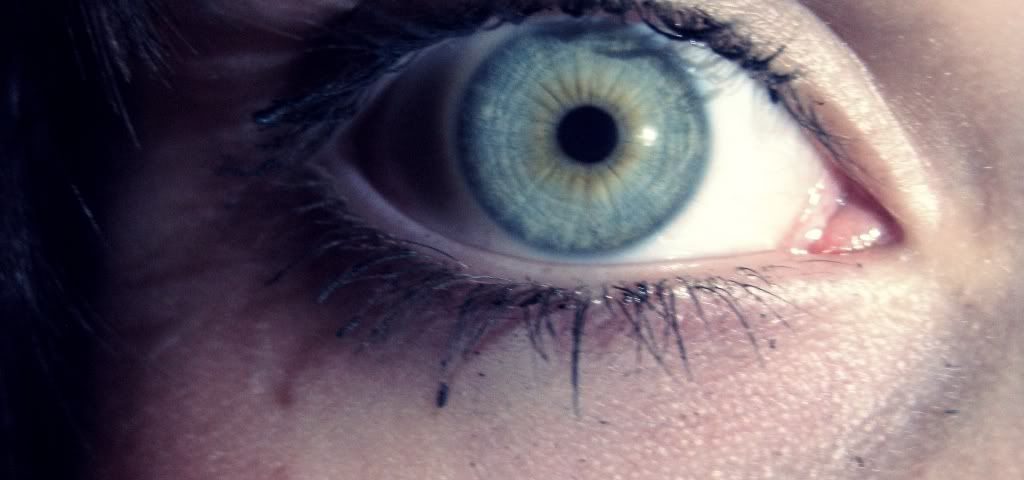Treatment with Cacicol, a specialized formulation of eye drops, can lead to healing of eye ulcers in people with neurotrophic keratitis, a new study suggests.
The study, “Management of corneal neurotrophic ulcers with Cacicol®-RGTA (ReGeneraTing Agent): a case series,” the study was published in Archivos de la Sociedad Española de Oftalmología.
Healing ulcers in the cornea (the transparent front of the eye) can be challenging to treat, often requiring a combination of different medications and/or surgery.
Cacicol (ReGeneraTing Agent orRGTA, sold by Théa) is an eye drop that contains a molecule called heparan sulfate. Heparan sulfate is an important component of the extracellular matrix (ECM), which is the collection of proteins and other molecules that exist around cells in tissues, providing a scaffold that helps tissues maintain their structure and facilitate cell-to-cell communication.
When tissue is wounded — such as in the case of an ulcer in the cornea — the ECM becomes disrupted, and heparan sulfate is degraded. By restoring heparan sulfate, Cacicol is designed to promote tissue healing.
Even though Cacicol is approved in Europe to treat chronic corneal ulcers and has shown effectiveness in animal models, there is relatively little data on its use in humans.
In this new study, researchers reported the results in 11 people with neurotrophic keratitis who were treated with Cacicol at the San Carlos Clinic Hospital in Madrid, Spain.
The 11 patients included in the study ranged in age from 25 to 96; there were four males and seven females. The most common cause of eye ulcer was as a result of herpes (four cases).
The patients were treated with Cacicol in cycles; one cycle consisted of one drop in the eye in the morning every other day for 10 days. In addition to Cacicol, patients were given other standard care treatments — such as artificial tears, antibiotics, or vitamins — as appropriate. All but two of the patients were given other treatments prior to Cacicol, without clear clinical benefit.
Of the 11 patients, nine (82%) experienced complete healing of the corneal ulcer.
In six (67%) of these, healing occurred after only one cycle of Cacicol, with four experiencing complete healing within 10 days of starting treatment and the other two were cured between 18 and 31 days later. Two of the remaining healed patients underwent two cycles; one underwent four cycles.
Two patients were deemed treatment failures (their ulcers remained the same size or got bigger). These two were ultimately treated surgically, one with amniotic membrane transplantation and one with penetrating keratoplasty.
Looking at the two failed cases more closely, it appeared that “Cacicol had an initial positive effect, and this could have delayed the immediate application of subsequent cycles of Cacicol,” the researchers wrote. “In addition, the severity of the condition and the complexity of patients probably contributed to worsen prognosis and for this reason success was not achieved.”
Seven of the 11 patients had visual acuity data available. In all of these patients, visual acuity either remained the same or improved following treatment.
“In the present series, Cacicol has shown good results with healing of 82% [nine of 11] of cases, while visual acuity remained the same or improved in most patients,” the researchers wrote.
“Cacicol seems to be a promising option for treating corneal ulcers with torpid evolution or poor response to conventional treatment. Early use in selected cases and successful treatment cycles seems to be useful,” they added.
However, researchers noted that additional studies “are necessary to explore the possible benefits of Cacicol.”

